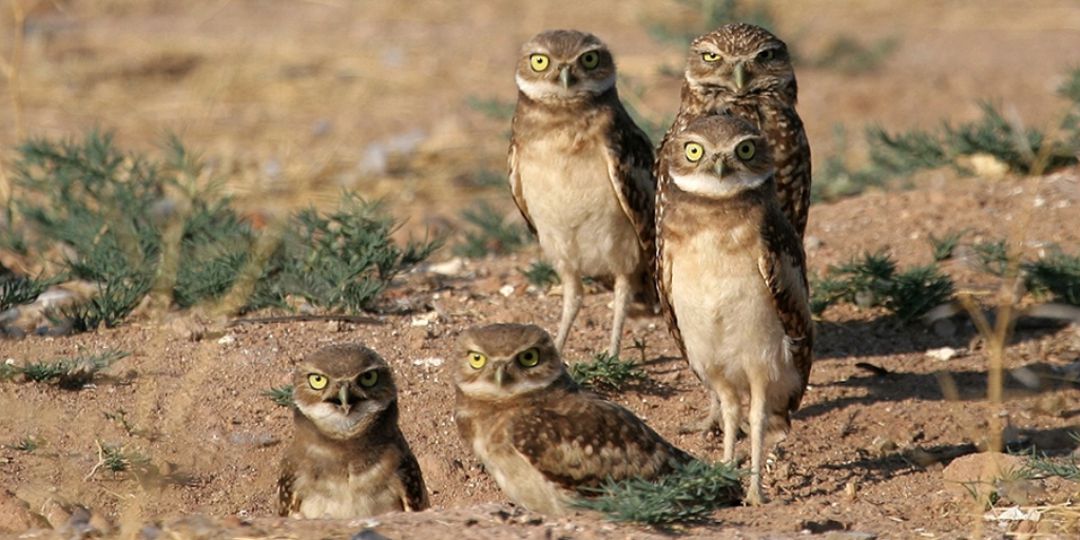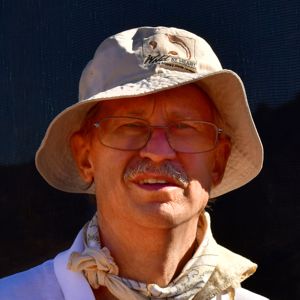
 Tucson Electric Power 2020 Spotlight Series, Episode 4, Each year, Tucson Electric Power, recognizes local businesses, organizations and individuals that partner with them to preserve the environment and promote sustainability. These are forward-thinking partners who are creative and effective in their approaches to promoting greater sustainability in the Tucson community. We are spotlighting the 2020 community partners in this special ten episode series.
Tucson Electric Power 2020 Spotlight Series, Episode 4, Each year, Tucson Electric Power, recognizes local businesses, organizations and individuals that partner with them to preserve the environment and promote sustainability. These are forward-thinking partners who are creative and effective in their approaches to promoting greater sustainability in the Tucson community. We are spotlighting the 2020 community partners in this special ten episode series.
This episode made possible by the generous support of Tucson Electric Power
Get More Mrs. Green’s World
Sign up for our newsletter: https://bit.ly/mgwnews-signup
Power the Movement on Patreon: https://bit.ly/2DvKnxT
Be Social with Us:
Facebook: https://bit.ly/2KWLIOH
Twitter: https://bit.ly/3fldZfK
Instagram: https://bit.ly/3fmHIVo
LinkedIn: https://bit.ly/2EMtCz3
SUPPORT THE CREATION OF PODCASTS LIKE THIS ONE: BECOME A MEMBER TODAY!
INSIGHTS
- More about Greg Clark: During Greg’s work on the Arizona Breeding Bird Atlas it became apparent that Burrowing Owls were not being found in grassland areas where they were supposed to be found. Greg decided that after the Atlas was over he would educate himself about why Burrowing Owls seemed to be in decline. Greg learned that a program had been introduced to eliminate prairie dogs across the West. This is the primary producer of underground burrows needed by the owls. In addition, land conversion to agriculture in the great plains also eliminated locations where the owls could live. At one time, Burrowing Owls could have been the most numerous owl in North America. The problem is that they live in areas where people also want to live so the Burrowing Owls have been pushed aside with little regard for replacement habitat. It seemed that artificial burrows were a successful strategy for replacing natural burrows but there was no large scale effort to roll out enough burrows to meet the needs of the remaining owls. This was not considered practical. As an engineer, Greg knows lots of things are invented and not considered practical or cost effective. He decided that he would figure out a way to do both. Greg discovered that Wild At Heart was already trying to rescue owls displaced by development in Phoenix and supply artificial burrows. He added support for displaced owls to his checklist and teamed up with Wild At Heart. For about 20 years Wild At Heart has been trying to move owls at risk from development projects to areas where the owls want to live. Usually these areas are near active irrigated farms because that is usually where the owls were living before the farm was sold and the land conversion began. The main challenge to helping support Burrowing Owls is finding land owners and managers that will allow Burrowing Owl burrows to be installed next to, or on, their agricultural property. It takes years to find a large site where hundreds of owls can be relocated. At the same time, new home development is displacing hundreds of owls per year. When home development is high, several hundred owls need to be temporarily housed at the care facility while awaiting the right time of year, and burrow availability, for relocation using special tents that cover some of the artificial burrows. Also, volunteers are needed to feed the owls for five weeks while they are in the tents and just after the tent is disassembled. New habitat for this work has to move farther and farther out from Phoenix where it will stay as farm land and support the owls. Volunteers are harder to recruit for this work the farther one gets from Phoenix and now, with the virus, we are doing all the work with a small team, wearing masks, over many days instead of a large community group doing all the physical work in one day. We continue to look for a few dedicated volunteers that can drive themselves 100-150 miles outside of Phoenix to work all day in a small team to get the job of building burrows or constructing tents completed. None of this work is possible unless we can find land next to large active irrigated farms where artificial burrows can be installed.
- More information about the 2020 Environmental Protection Partner Award – Wild at Heart: Urban development often forces wildlife out of its natural habitat. Such is the case for the small burrowing owl. Through a long partnership, TEP and our employees have worked closely with this wildlife rescue group to build underground artificial dens and relocate these tenacious little owls to safer habitats.
GET INFORMED!
- Discover more about Tucson Electric Power and join them on Facebook and Twitter
- Listen to additional podcasts sponsored by Tucson Electric Power here
- Learn more about Wild at Heart and join them on Facebook
- Check out our video when Mrs. Green visited Wild at Heart: Caring for our Feathered Friends: Raptor Rescue and Rehabilitation